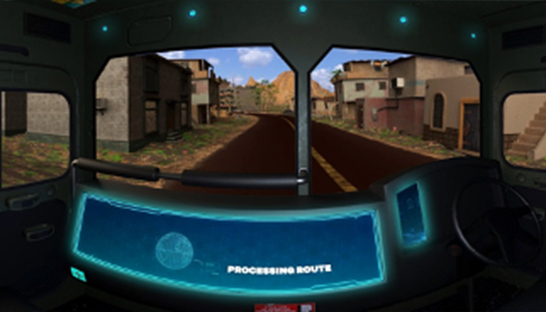Virtual Reality training for crews
01 Feb 2021
For many years, Virtual Reality (VR) was only available to train the likes of pilots and astronauts.
The sheer cost and complexities of the technology made it inaccessible to most industries. Over the last 10 years, however, VR equipment has become more affordable, portable and useable. In addition, technological advancements in 3D software and 360° filming equipment have enabled developers to bring VR into the area of competence training.
VR has already proven itself to be an invaluable tool in maritime training.
The competency profile of an individual crew member is comprised of a combination of knowledge, skills and experience. Modern control systems and autonomous shipping modules are causing massive disruption to these profiles. So, what if the knowledge, skills and experience of a crew member no longer match the requirements on board a vessel?

VR has been especially useful for the maritime industry as it has faced crew supply challenges brought about by rapid developments in shipping technology.
Imagine that a shipping fleet requires its maintenance staff to be trained to operate new engine room equipment, but that the vessels in question are rarely moored. This makes on board training difficult. In addition to the geographic challenges, the costs associated with getting maintenance crews on board threaten to spiral out of control.
This is where training within a virtual environment, one that can be delivered at any location, makes strong sense. Further, if you combine this with the capacity to update and expand the learning experience as needs evolve, VR is a practical, cost effective and sustainable learning solution.
Putting on a VR headset, you find yourself inside the digital twin of an engine room. You’re in control. Using intuitive controls, the user is able to move around the space, interact with the environment and receive physical feedback through the hand controllers.
Throughout the virtual experience, useful information is delivered, quite literally, to your fingertips. Intelligent sound design adds to the sensory immersion of the experience, helping to guide your line of sight toward areas that may need special attention, such as a hissing gas leak or a loose nut rattling on a bolt.
In the virtual space, users free from risk and can learn from their mistakes without posing a risk to others. It allows them to gain knowledge, master skills and become familiar with working environments - all in one training experience. A high-fidelity digital twin, combined with the open world interactive nature of Virtual Reality lends itself to better situational training.
Put very simply, people learn best by doing.